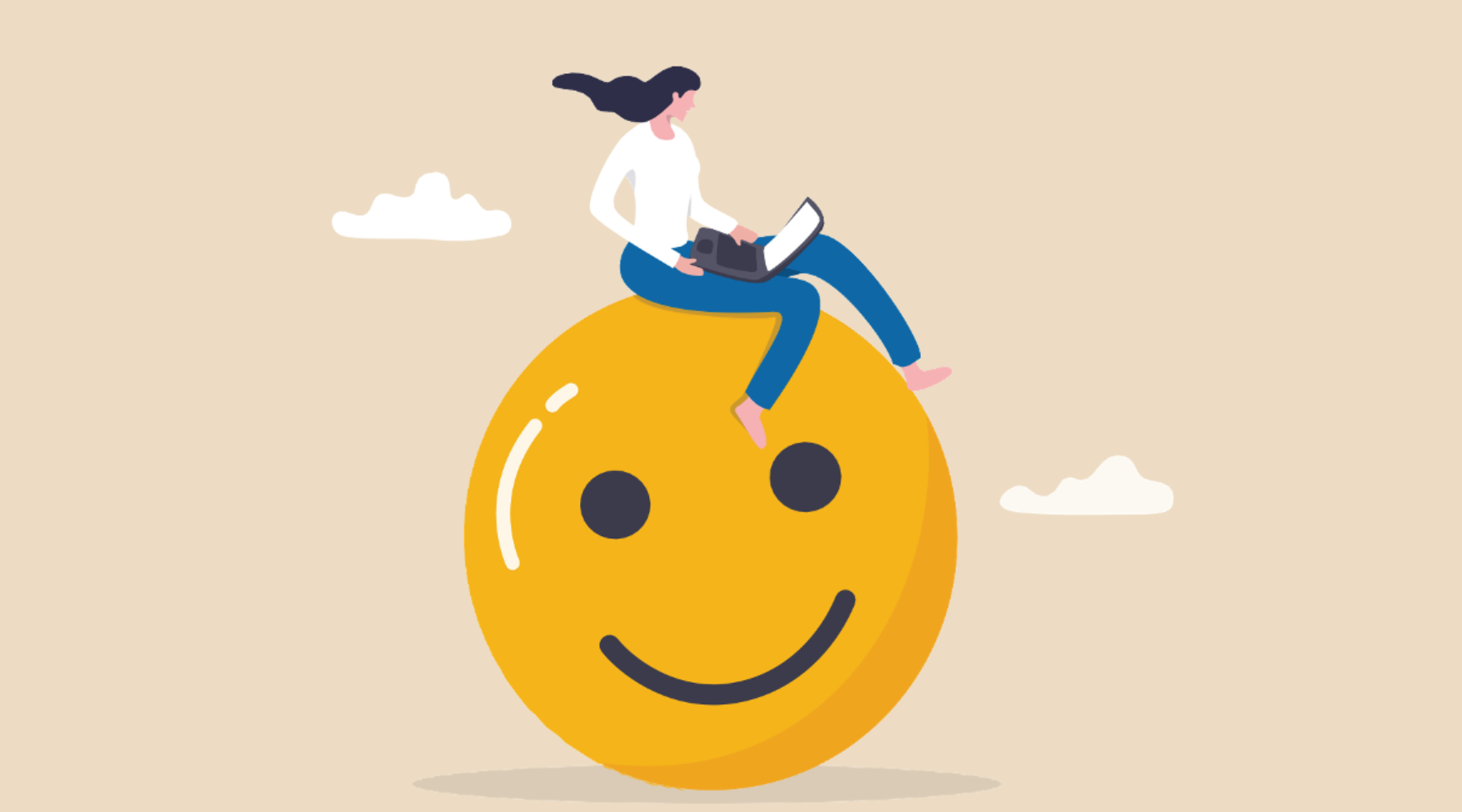After years of discussing the profound effects of the Great Resignation on the global economy, we find employees around the world stuck in a state of constant unhappiness, now termed the ‘Great Gloom.’ According to a report commissioned by BambooHR, employee happiness has been on a steady decline since 2020 at a rate of 6%, citing a drop in enthusiasm and overall morale towards work.
While these terms may carry pessimistic connotations, their only real importance lies in action. The abundance of data and information about mental health at work may have successfully reduced the stigma around it, but it could be making leaders and organizations less sensitive to actually taking steps to monitor their employees’ well-being.
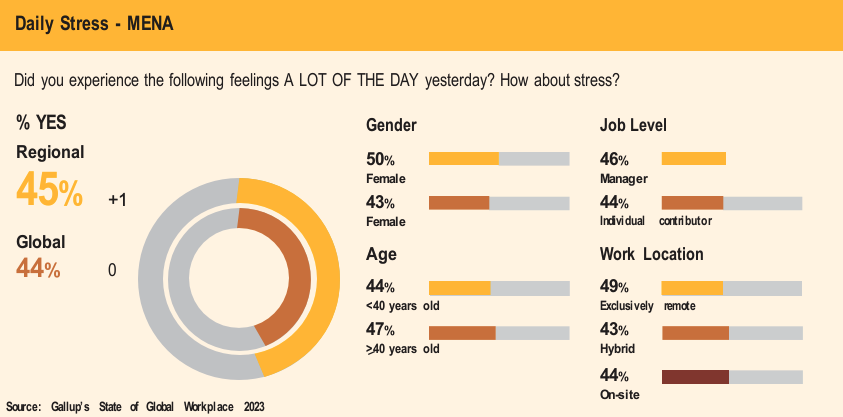
Although the pandemic prompted many organizations to enable hybrid work models and other flexible ways of working, there still persists a gap in decoding mental well-being and its correlation to an individual's workplace. A recent survey conducted by Deloitte finds that very little to no change has been observed in the rising levels of stress and anxiety among Gen-Z and Millennials. A number of factors have been cited as the reason for the above including heavy workload, poor work/life balance, unhealthy team cultures, and also the inability of employees to be their authentic selves at work.
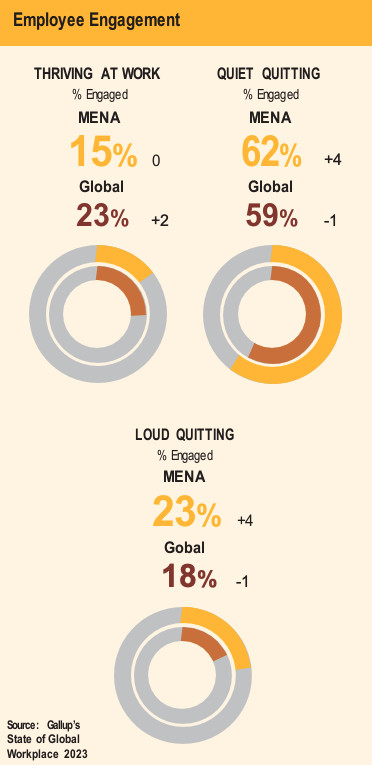
Balancing the ‘Will’ and the ‘Skill’
Research claims a 13% increase in productivity from happy employees. Dr. Chandler cites the influence mental health challenges pose on an employee’s performance in two primary dimensions – will and skill.
“Will pertains to an individual’s motivation and overall energy levels, often affected by prevalent mental health issues like anxiety and depression. These difficulties lead to feelings of fatigue, exhaustion, and disconnect – significantly hampering day-to-day task execution and this further impacts skill. Which can be attributed to the cognitive and emotional processes involved in work,” he explains.
He delves into how cognitive functions such as focus, concentration, regulating emotion, decision-making, and memory are commonly impaired when an individual is suffering mentally.
“This decline in performance often triggers a cycle where the individual recognizes their subpar performance, further deteriorating their mental health, and fostering feelings of inadequacy and shame.”
Often, in high-pressure industries, organizations tend to generalize stress in the workplace. The stakes in such sectors are high, and so are the rewards, but to foster a healthy environment to work in – organizations need to manage their teams’ stress and pressure levels.
The Yerkes-Dodson Law explains how a healthy dose of pressure can stave off boredom and boost motivation, and, when applied organization-wide, it creates a sense of urgency conducive to employees delivering their best work and meeting deadlines successfully. Too little pressure can result in procrastination, distraction, or difficulty concentrating. Dr. Waite calls this a “win-win situation” for organizations and their workforce.
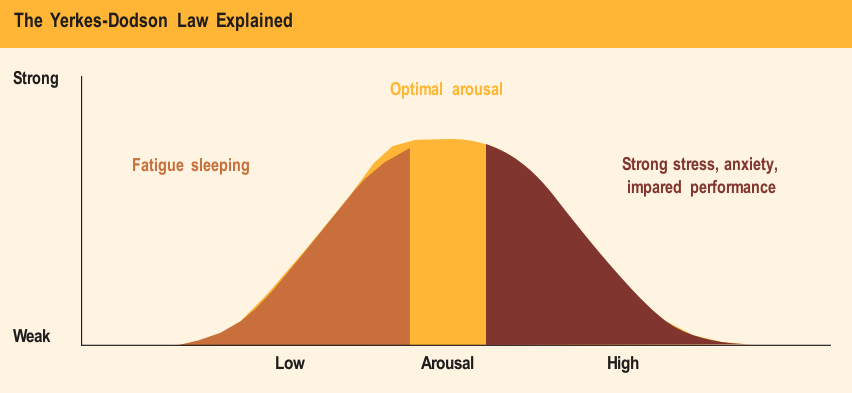
“A bit of stress is beneficial, both physically and mentally, but it becomes problematic when it exceeds manageable levels or becomes unpredictable. Organizations and leaders play a pivotal role in comprehending the factors within their systems, planning, and processes that contribute to employee stress,” he asserts.
“When employees experience stress due to high workloads, broken processes, delayed deliverables, poor communication, or inadequate capability and training for emerging tasks, it inevitably results in subpar organizational outcomes. This includes lower quality, erratic tasks, and missed deadlines. Hence, leaders must constantly scrutinize and implement changes that enhance the ease and predictability of delivering results for employees, as it is not solely an altruistic endeavor,” explains Waite.
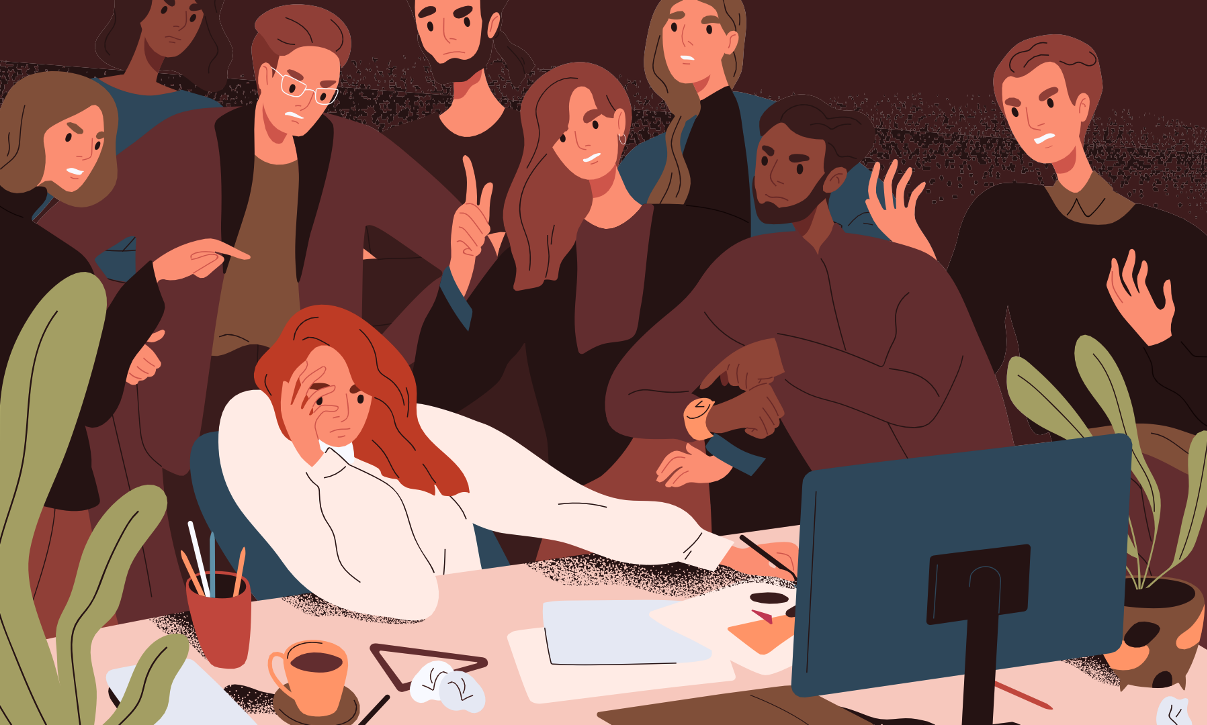
Symptoms of anxiety can easily be confused with those of bad stress, but anxiety is defined by internal responses, often a result of persistent worries and apprehension. In a realistic setting, Dr. Waite argues that everyone should prepare themselves to face anxiety in moderation, and overcoming it in such situations can aid growth.
“Once again, leaders bear the role and responsibility of spotting the sources of anxiety within their team members. While apprehension related to, for instance, a big presentation is foreseeable, other situations like unrealistic expectations, lack of feedback – which might lead to paralyzing uncertainty, the ‘firsts' in a new role — such as crafting a budget or generating a major report for the first time, and even social occasions, should all be recognized and supported as predictable phases necessary for individual team members. This support should extend beyond procedural assistance and fulfill the unique needs of each person,” explains Waite.
Workplace Burnout is also a very real concern and has been declared an international crisis in 2022. Not only has it been proven to affect an employee’s physical and mental well-being but it also has an impact on the organizational culture. Dr. Chandler dives into the details. “Burnout is a complex experience, often driven by many factors – both work and non-work related. Many often assume that burnout occurs purely because of the working environment, but other driving factors including personality, physical health, and social contextual factors also play a significant part for many.”
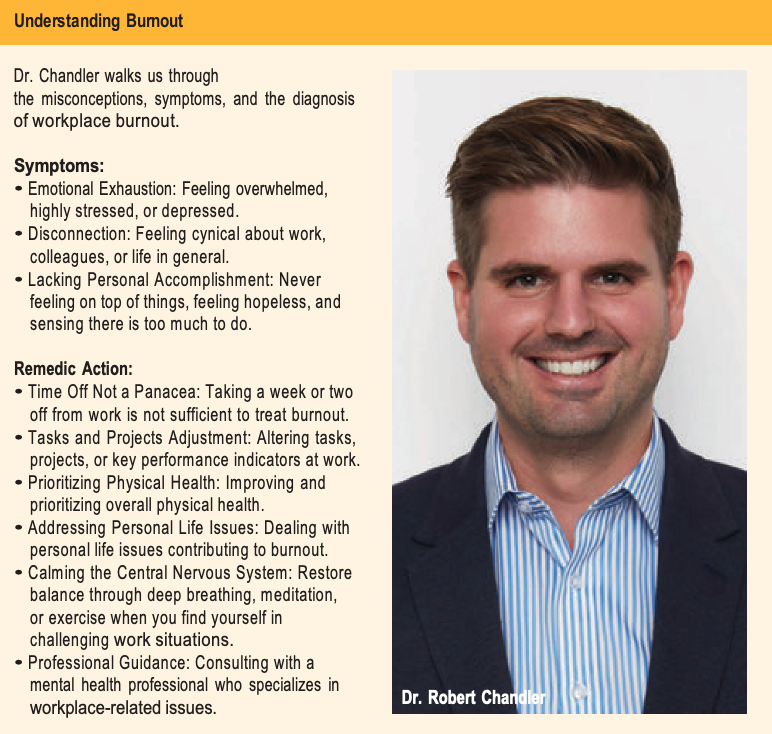
Navigating Toxicity in the Workplace
When asked about the indicators of a toxic work environment, Dr. Waite highlights an individual-first mentality, unhealthy competition, non-constructive criticism, point scoring, and the lack of positive support as the most obvious signs.
He emphasizes, “In a negative culture, similar to a positive one, we get what we tolerate and not what we wish we wanted. It really is about standing up for this culture. There needs to be room for open communication with peers and managers in an organization.”
Waite further adds, “If managers and peers treat each other like vehicles (to get something from), obstacles (to get around), or irrelevancies (to not really engage with properly), this also indicates toxicity. The first question to ask when addressing toxicity is how are you personally part of the problem? Are you also directly involved in these behaviors? Maybe you justify your actions because someone treated you this way in your professional tenure, if so, ask yourself if it's worth imposing the same on others. Therefore, some self-assessment can help acknowledge the situation.”

Balance is Key
We've all, at some point in our lives, encountered an urge to achieve the perfect balance of sugar, spice, and everything nice in our lives. Work-life balance is a solution, but as a concept – it can be very subjective. For some, it might translate to simply cutting out long hours at work, whereas, to others, it could be the need to indulge in new hobbies or spend quality time with friends and family. It essentially boils down to an individual's purpose in life.
Organizations and leaders might not be able to give their employees a work-life balance, but what they can give them is a comprehensive understanding of what it means to sustain a work-life balance in their respective industries. The evolution of work has blessed leaders today with numerous ways to incorporate flexibility in their work policies. One such example is the hybrid work model.
The hybrid work model's greatest advantage is an enhanced work-life balance. Dr. Waite emphasizes, “Previous generations had limited choices, bending their lives around fixed working systems. Today, there's a broader range of options in how to work, but it doesn't always equate to personal freedom. Individuals may perceive more choice in working modality, but adapting to current employees' systems is still a necessity, fostering a ‘grass is always greener' mindset.”

Hybrid working, while immensely popular for balancing work and personal life, is a learning curve, discusses Waite. He also suggests that the adjustment might initially pose challenges. The key is flexibility in adapting personal routines within the hybrid working, recognizing that different domestic circumstances require individuals to carve out spaces and routines that align with their unique lives.
“Humans, are complex beings. We find happiness in navigating challenges, especially when there's a clear sense of contribution, achievement, or value addition that resonates personally,” he says. Citing Simon Sinek's theory, Waite talks about how humans tend to feel a sense of lack if their jobs don't fulfill every aspect of their lives, including a significant life purpose, a sense of community, social growth, and individualism.
“Ultimately, each individual should focus on the quality of interactions in day-to-day work, the value of contributions regardless of scale, and, most importantly, to seek fulfillment beyond the workplace. By finding sources of community, purpose, growth, and individualism outside of work, we can enhance our overall well-being and better appreciate the unique contributions our work brings to our lives,” concludes Waite.
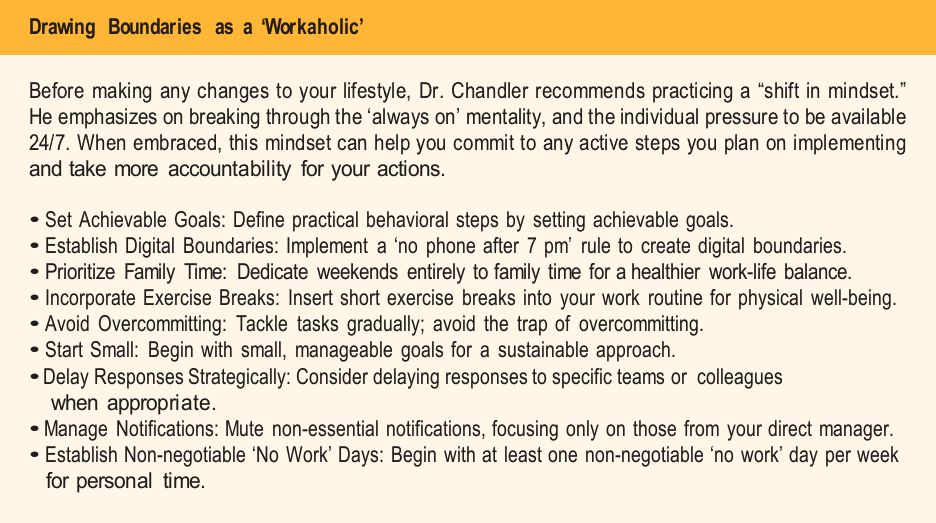
This piece was first published in Communicate's inaugural Best Places to Work 2023 issue.

